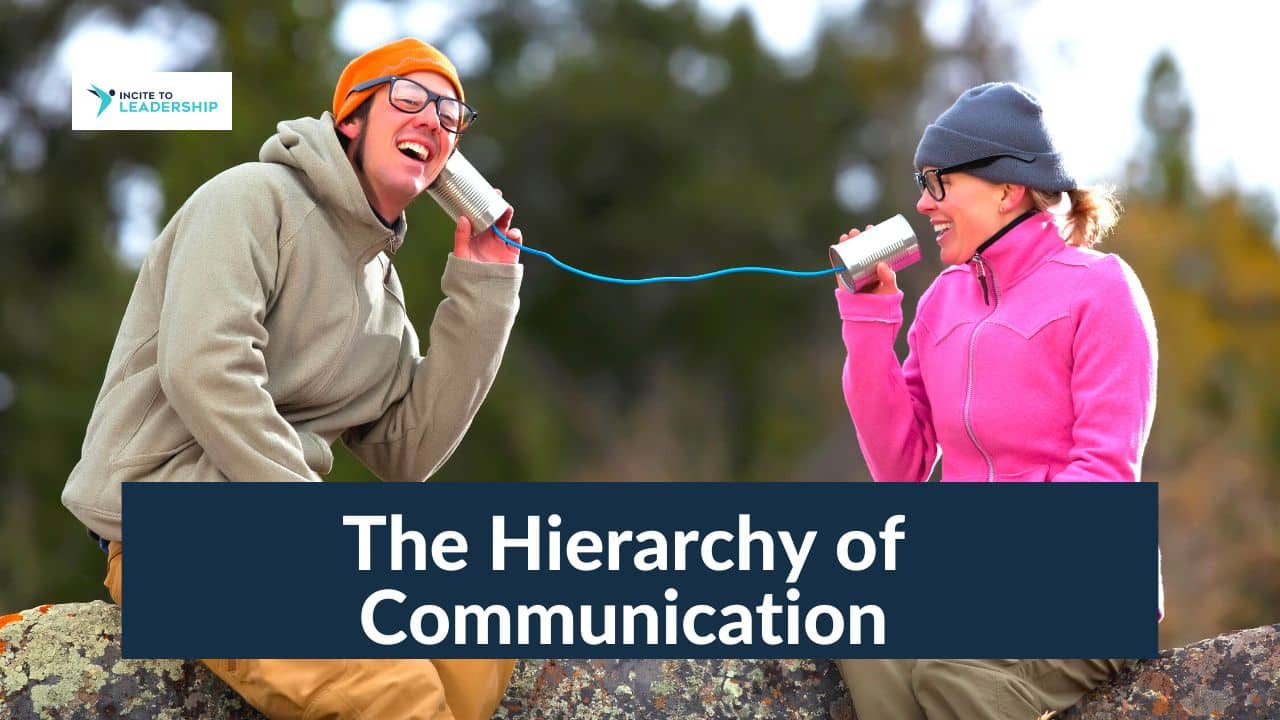The Hierarchy of Communication

Communication is not just about conveying information, but also about understanding the message and the intention behind it. Sparked by a recent discussion with a client, I shared with her my hierarchy of communication and the most effective ways to communicate an idea or a disagreement.
The top priority in communication is face-to-face communication. Sitting in the same physical room, reading body language, and having real-time conversations is the most effective way to communicate. The second most effective way is face-to-face virtual meetings. Even though it’s not exactly the same as being in the same room, it allows people to communicate synchronously, respond to each other in real-time, and clear up any misunderstandings.
The third most effective way to communicate is through a phone call. While phone calls lack the visual cues that face-to-face communication provides, they still allow for synchronous communication and real-time feedback.
After phone calls, the hierarchy of communication moves from synchronous to asynchronous methods, which have their own internal hierarchy depending on what you want to communicate. Barely anyone leaves a voicemail these days and even fewer actually listen to their voicemails. But what I like about voicemail is that people can still hear the expressiveness in your voice and the emotion that often gets lost once you move to email and instant messaging. My advice is to opt for making a quick video and sending that in a message or email.
Lastly, there’s email, which in my opinion is more effective than text messages, instant messages, and Slack messages. Emails allow people to re-read and reflect on the message, and even come back to them later when they are in a different mood and now have a better understanding of what is being communicated. The one-time messages often get lost in the stream of incoming messages and there’s no opportunity to go back and reflect so that initial impression of someone’s tone or expression is what remains.
I often tell my clients that sometimes the least wanted method of communication is the most effective. While emails and text messages may seem like the most convenient option, they may not convey the message effectively. So what you are gaining in terms of convenience, you are losing in effectiveness.
If you’re resisting making the time to communicate something, that might be a signal to you that it’s worth making the time to communicate it more effectively.
Guilty of unclear communication? – get my advice here.